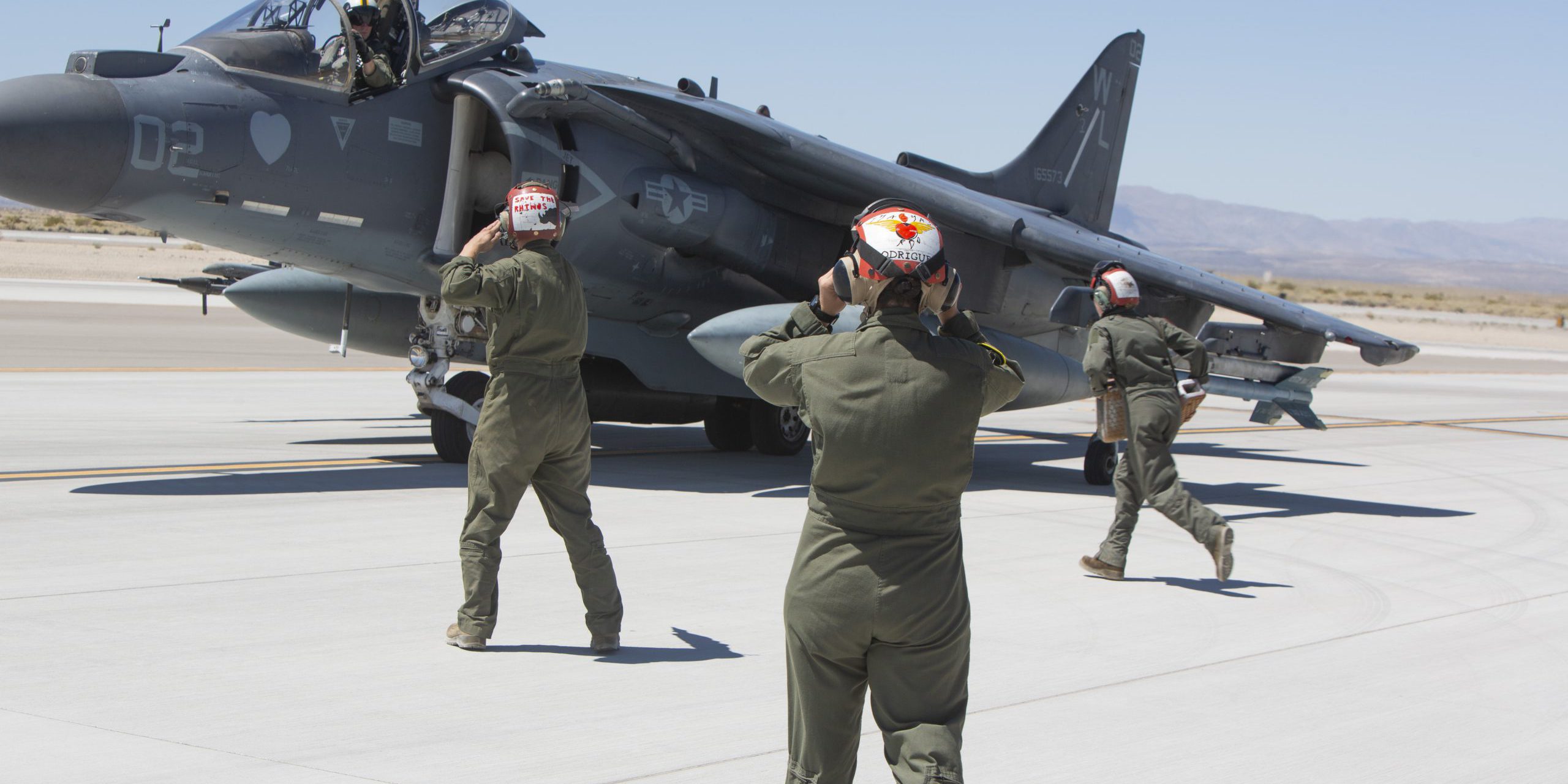MCAS MIRAMAR, Calif. —The character of warfighting is increasingly dynamic, and the rapid advance of new technology has led the Marine Corps to cultivate training evolutions to meet the challenges presented today by adversaries across the Pacific Ocean.
In his 2019 planning guidance, Gen. David H. Berger, 38th Commandant of the Marine Corps, outlined force redesign as his primary focus area for the future of the Marine Corps. Within force redesign, there rests the need for an increase in integrated efforts between the Navy-Marine Corps team in order to prepare for military conflicts in the years to come.


